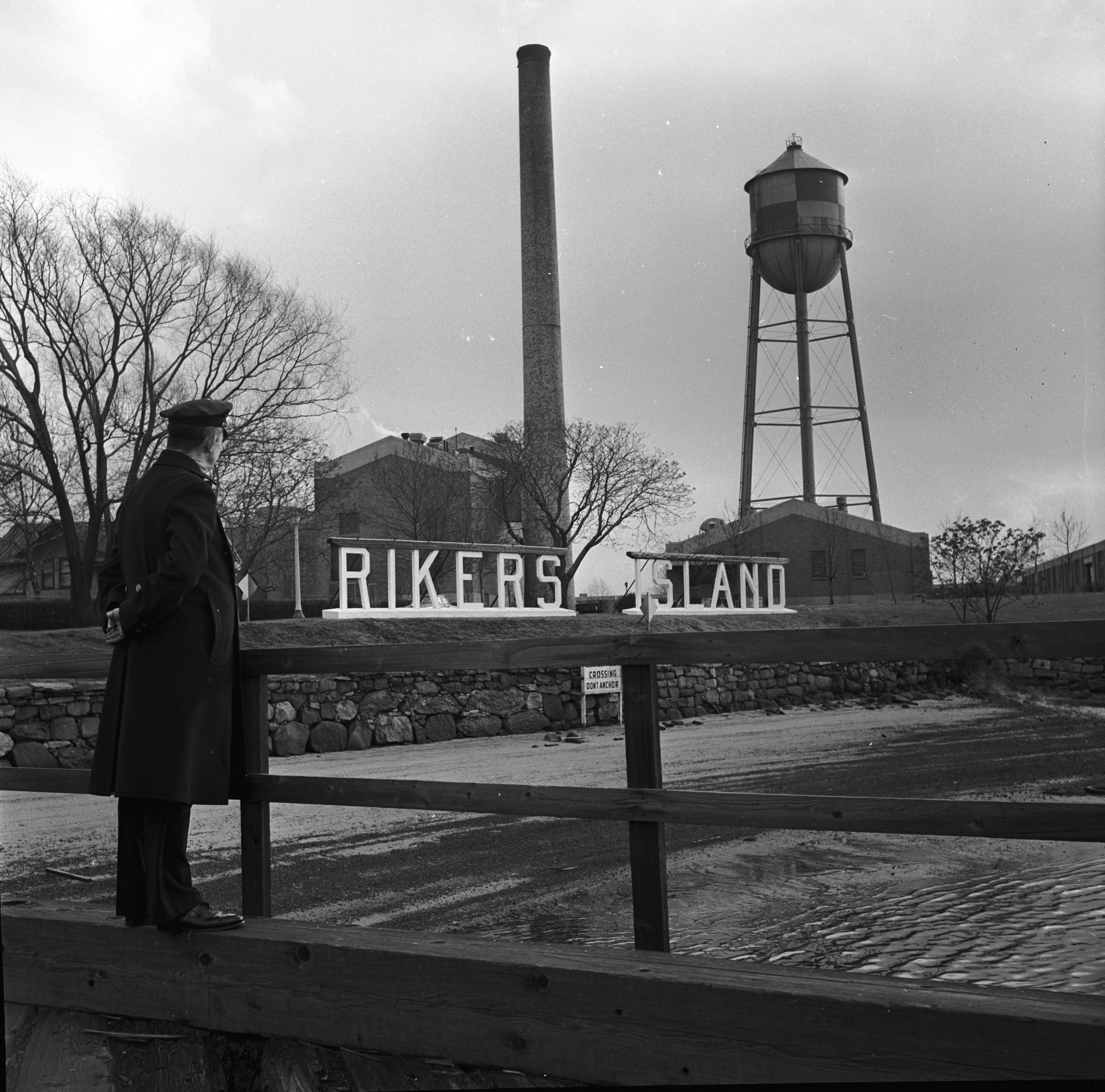
At one point in history, New York City ranked only second to Charleston, South Carolina in U.S. cities that held the most slaves. Now, the bustling hub is home to one of the most violent jail complex’s in the nation, filled with corruption, misconduct and violence.
Rikers Island, known for its harsh conditions, brutality and intense violence amongst both inmates and correctional officers, is set for closure within the next 10 years. As Mayor Bill de Blasio announced last week, the city will shut down the complex, which houses mostly African American and Latino inmates. Most recently, Rikers has been a topic of discussion due to renewed interest in the Kalief Browder case — the young man who was held and abused at the jail for three years without a trial. And considering the atrocities that occur on the island, it’s no surprise that it’s deeply rooted in slavery, as noted by the Atlantic’s City Lab.
The jail was named after Magistrate Richard Riker, who was the owner of the island in the early 1800s. His ancestor, Dutch immigrant Abraham Rycken, purchased the land in the 17th century.
Richard Riker was known for abusing The Fugitive Slaves Act, which was put in place to allow for the capture and return of runaway slaves in the U.S.
“In accordance with the Fugitive Slave Act, members of the club would bring a Black person before Riker, who would quickly issue a certificate of removal before the accused had a chance to bring witnesses to testify that he was actually free,” Elizur Wright Jr.’s 19th-century newsletter “Chronicles of Kidnapping,” read. The newsletter is cited in work from Columbia University history professor Eric Foner, a Pulitzer Prize winning author who writes at length about the embattled island and its beginnings.
Subscribe to our daily newsletter for the latest in hair, beauty, style and celebrity news.
As Pix11 News reports, Judge Riker would speed up the process to capture Blacks who’d fled the south and even collected a kickback fee from bounty hunters for each slave he helped send back to slavery. Historians also share that bounty hunters often kidnapped children of free Blacks in New York.
Jacob Morris, Harlem Historical Society Director, sparked a petition years ago to rename the prison, citing the prison complex as “the spider at the center of the web” when it comes to New York City’s history with slavery.
As reports show, 89 percent of Rikers Island detainees are Black or Latino, while only 53 percent of New York City residents are Black or Latino. Three-quarters of those being detained at Rikers are awaiting trial. Others are detained because they cannot afford bail. A New York Times report on the issue calls this “The Bail Trap,” as many innocent people are stuck in the prison due to finances. Foner told DNAinfo that Riker presided over the main criminal court and used his authority to transport Blacks to slavery as part of what abolitionists called the Kidnapping Club.
Richard Riker’s system is one that can be likened to today’s criminal justice process.
As one VICE writer puts it, “injustice was in the island’s DNA before it became a home for the incarcerated.”





